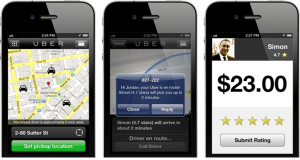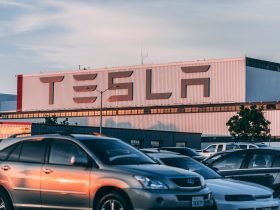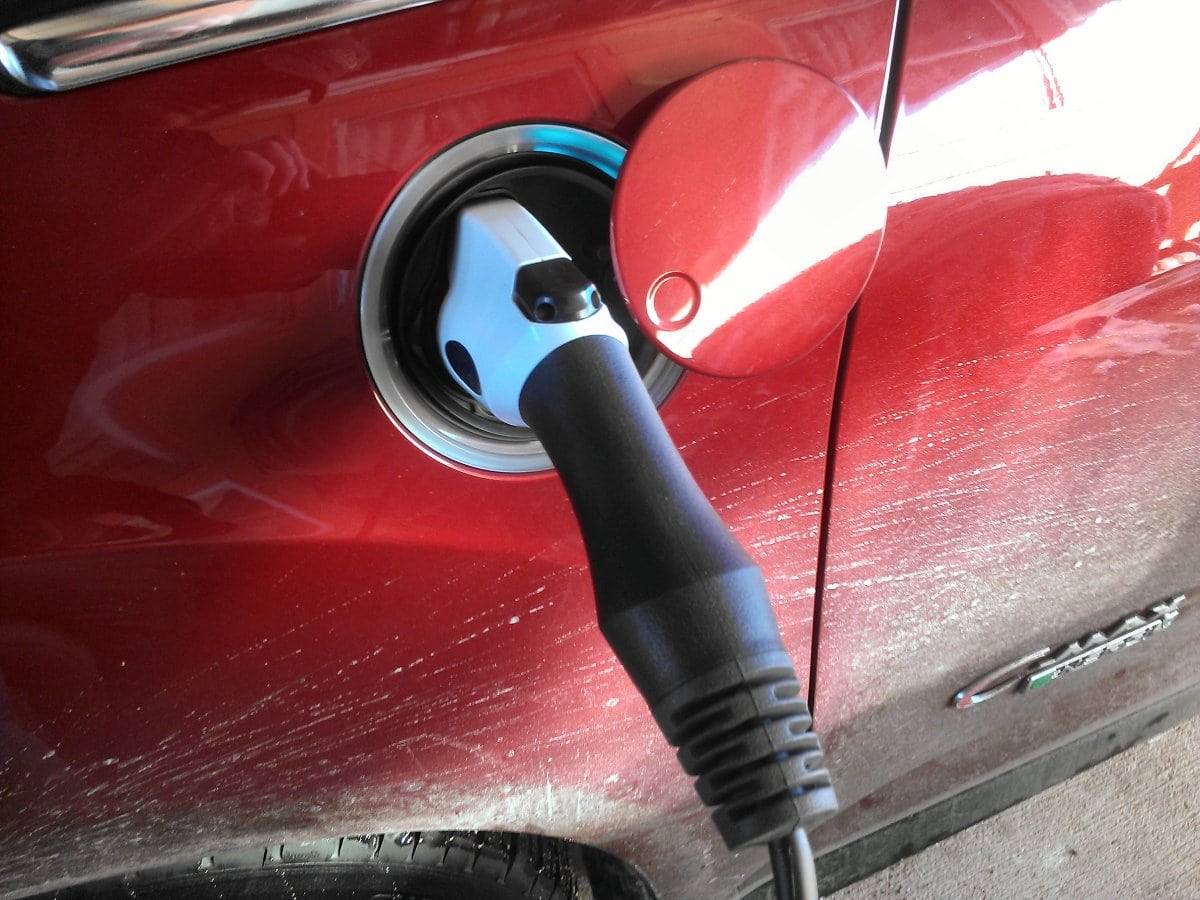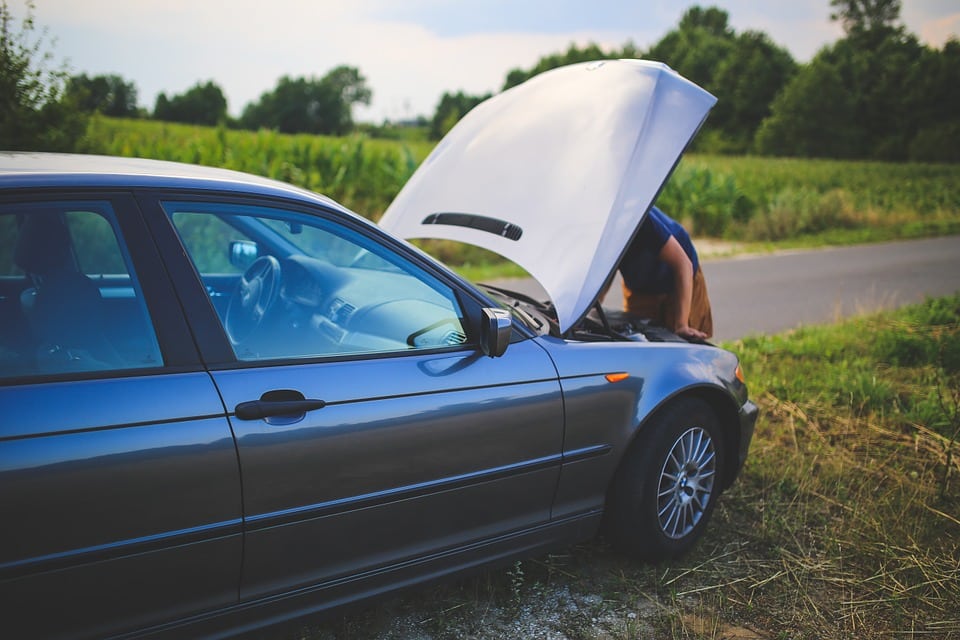Sometimes, getting from point A to point B can be a real hassle. If you live in an area with good public transportation, then hopping on a bus or a tram is always an option, but if not, well, then it looks like you’re going to need a car. Here’s hoping that you have about $30,000 laying around, which is the approximate average price for a new automobile—and that doesn’t even factor in necessary car-related expenses such as fuel, maintenance, and insurance. Still, what other choices do you have?
For those who haven’t already heard, Uber is a ridesharing service that was founded in San Francisco, but that has expanded into dozens of other cities and become available in 45 countries around the globe. Basically, it operates on the premise that not everyone needs to own a car, and that taxi cabs are often overpriced and difficult to find. So, by downloading a free app, Uber users are able to connect with other users who have registered themselves as potential drivers. Uber automatically pairs the rider with a nearby driver, and gives an ETA for when the rider can expect to be picked up. The entire process is tracked by GPS, so that riders can see where the driver is while waiting to be picked up, and the fare amount is estimated beforehand, so they don’t have to worry about any taxi-esque cost surprises upon reaching the destination. The idea itself is really simple, and goes perfectly in hand with the crowdsourcing mentality of the new millennium, but Uber could go even further than that. Uber, and other ridesharing services, could potentially change the entire car-world—perhaps for the better, perhaps not. Here’s how.
Drunk driving accidents could become a thing of the past
According to the United States Department of Transportation, three people are killed every two hours in alcohol-related highway crashes. Of course, those who choose to imbibe alcohol have the option of calling for a taxi, but in many locations this just isn’t feasible; given the high rates and long waits associated with relying on cab transportation, many drinkers decide to just take their chances behind the wheel. Is that decision justified? Certainly not, but it’s a decision that drunk drivers make every day. Uber is quicker, cheaper, and more convenient than having to contact a cab service, and it’s available in a lot more places, which means that when a drinker has the choice between driving himself or using Uber, he’ll be more likely to make the safer choice. Many areas are seeing a decrease in drunk driving accidents as a direct result of Uber. In Seattle, DUI rates dropped 10% after the city became Uber-enabled, and Pennsylvanian DUI rates have also seen an Uber-related decline. If Uber is able to sustain its growth and become a standard fixture of every city worldwide, we may just see the birth of a world in which drunk driving is no longer as big of a problem.
Taxicabs could become a thing of the past
Of course, not everyone is super excited about the prospect of Uber’s success. Taxi companies see the ride-sharing program as a dangerous upstart which employs unfair business practices while managing to avoid regulations that are heavily enforced within the taxicab industry. In most major cities, cab drivers have to pass a rigorous screening process, as well as meet certain safety standards. Not only that, but often only a limited number of expensive taxi “medallions” (give government-sanctioned monopolies to operate legally in a city to those taxis which carry them) are distributed. In order to be able to afford these medallions, Taxi companies often have to cut back on costs in other areas, which results in older-model cars being kept in service, fares being raised, and drivers being paid as little as possible and forced to rent their cabs from their own companies on a monthly basis. So far, Uber has been able to avoid being held to the same strict code as official taxicab businesses, meaning that they have the advantage of being able to operate with fewer costs while paying their drivers more. If they can retain this edge, then it won’t be long before taxis as we know them cease to exist.
Drivers could become a thing of the past
 But before the professional drivers around the world start cheering and flocking towards Uber in hopes of better employment, understand that Uber has a different dream for the future. At the Code Conference in May, Uber CEO Travis Kalanick made some comments that may be the deathknell for professional drivers the world over. “The reason Uber could be expensive is because you’re not just paying for the car,” he stated, “you’re paying for the other dude in the car. When there’s no other dude in the car, the cost of taking an Uber anywhere becomes cheaper than owning a vehicle.” But how can the car itself function without ‘the other dude’ (AKA the driver)? Simple: driverless cars. As Google’s self-driving cars gets closer to an official release, it seems as though the most likely place for it to make its grand debut would be in the transportation industry and when that happens, Uber will be ready and waiting. Kalanick, of course, reassures Uber’s drivers that this probably won’t actually happen for decades to come, but given the unprecedented surge in smart technology that we’ve seen in the last few years, drivers may not have as long as predicted.
But before the professional drivers around the world start cheering and flocking towards Uber in hopes of better employment, understand that Uber has a different dream for the future. At the Code Conference in May, Uber CEO Travis Kalanick made some comments that may be the deathknell for professional drivers the world over. “The reason Uber could be expensive is because you’re not just paying for the car,” he stated, “you’re paying for the other dude in the car. When there’s no other dude in the car, the cost of taking an Uber anywhere becomes cheaper than owning a vehicle.” But how can the car itself function without ‘the other dude’ (AKA the driver)? Simple: driverless cars. As Google’s self-driving cars gets closer to an official release, it seems as though the most likely place for it to make its grand debut would be in the transportation industry and when that happens, Uber will be ready and waiting. Kalanick, of course, reassures Uber’s drivers that this probably won’t actually happen for decades to come, but given the unprecedented surge in smart technology that we’ve seen in the last few years, drivers may not have as long as predicted.
Auto Dealerships could become a thing of the past
As Uber and many other companies open up the door to future driverless technology other industries may begin to fall apart. Auto dealerships may begin to lose customers as many people find it easier to simply order a car when they need it. Auto Insurance companies may run into problems as cars become safer, and likewise auto dealership security companies such as pro-vigil (http://pro-vigil.com) may all see their target markets change. Either way the future of the auto industry may seem scary to some and exciting to others, it will be interesting to see where Uber will take us.








